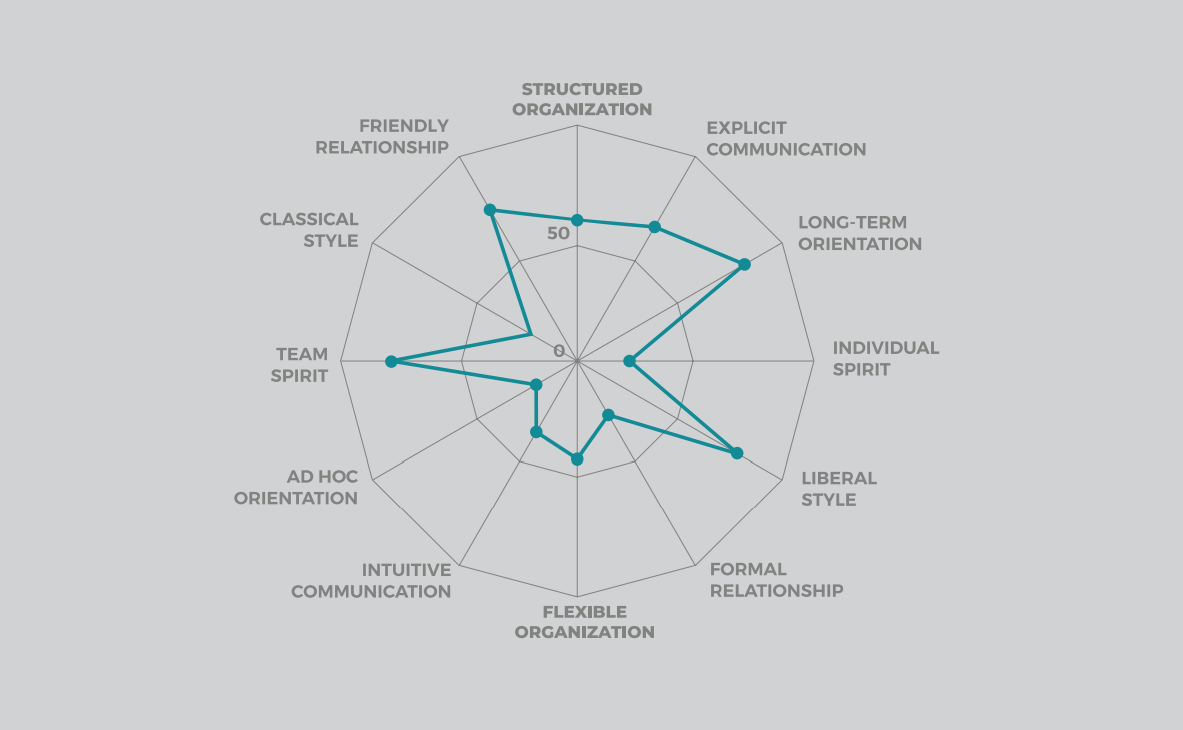
You have identified your favorite business school and think that you have a pretty fair shot at gaining admission. Your GMAT score is strong, your experience is bullet-proof and your academic records are impeccable.
But are you sure that the MBA program you are targeting is really the one? How do you know that you will feel at home at this particular school?
Until recently, measuring business school culture was really hard for ordinary applicants, who may not have the time or opportunity to talk to countless current students and alumni. Unimy’s MBA Cultural Fit changed all that, allowing prospective applicants to get a pretty good and objective idea of the “deep reality” of a school.
Wait, is business school culture really that important?
Before we go into details about the Cultural Fit Map, let’s first answer the most important question: why is culture important? Should candidates really care? The truth is that the campus environment can make or break your MBA experience. A culture in which you feel good will allow you to thrive. Conversely, a poor fit can lead to stress and results below par.
A strong culture has always been important for organizations, but recent evidence of its impact on personal and financial performance has led to a wider appreciation. You probably already know how important culture is on the basis of your experience in the world of work. You know that you are happier, more productive and more creative if the values of the company you work for correspond to yours.
Businesses long ago learned that a strong culture means much lower staff turnover rates and thus more time and money saved, among other benefits. It’s basically the same with universities. If you are studying at the right one, you are more likely to learn faster, forge deeper personal and business connections with peers and, not to be underestimated, have more fun.
How do you measure culture?
Evaluating culture has never been easy. How do we objectively make sense of it, with the total of its ideas, beliefs, and values?
Campus tours can be helpful, but only to an extent. During such visits, prospective students have the chance to tour the grounds, sit in on an information session, talk to students and professors, attend classes and visit the school’s career center. However, these tours last only a few hours, barely enough time to take in the general atmosphere of the place, let alone draw definitive conclusions about its culture.
Some use rankings as a way to glean information about the culture of schools they are interested in, yet rankings do not measure culture directly and are not designed to offer a glimpse into the environment of a school.
How does the cultural map work?
The Cultural Fit Map offers a better way of evaluating business school culture. It describes the life inside a school’s community in terms of its beliefs and behaviors in six basic dimensions. The Map uses a rigorous method of comparing school cultures based on original quantitative data and a framework of analysis from organizational studies. This method allows candidates to choose a school where they will have a fulfilling experience.
Unimy has compiled data on more than 850 top-ranked and accredited business schools around the world. You can compare them on the basis of six metrics:
- Structured versus flexible organization
- Liberal versus classical style
- Explicit versus intuitive communication
- Personal versus collective accomplishment
- Long-term versus ad-hoc orientation
- Formal versus informal relationships
These dimensions help you get answers to some fundamental questions when looking for the right school. Do you prefer that people at your business school understand each other intuitively, or rather, that expectations are laid out in written rules and handbooks? Would you rather have a formal or a friendly relationship with the faculty? You can consider which of these measures matter to you and factor them into your decision-making process.
Conveniently, Unimy also offers you a personality test and see which schools most closely correspond to your preferences. This information will tell you whether you are heading for a campus where you would fit in, or rather where you will need to adapt to an entirely new environment.
Your school’s unique characteristics at a glance
Ultimately, each school that goes through this analytical process gets a personal characteristic round graph like the one below, a sort of a unique cultural thumbprint. It shows an institution’s unique characteristics at a glance.
This graph is a powerful resource for MBA candidates because it allows them to pinpoint the schools where they will feel at home and achieve the best results.

You can generate a list of the 10 schools that are the best match for your personality and preferences. Or you can check the degree to which a particular school matches your profile and, if the overlap is not significant, the algorithm will show you other schools that are a better fit.
The advantage of the Cultural Map is that it compares schools without assigning positive or negative values to their differences. It reveals each school’s unique profile without creating “rankings”. That way, candidates can discover schools that fit their own values and where they can be the best version of themselves.
Comments